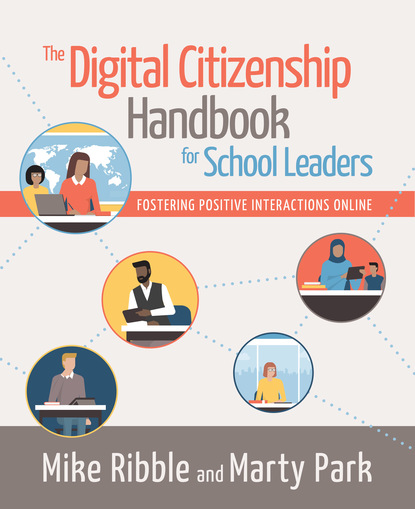
The Digital Citizenship Handbook for School Leaders скачать fb2
Mike Ribble - The Digital Citizenship Handbook for School Leaders краткое содержание
In today’s schools and districts, just saying “no” to bad technology practices is not enough. This leadership posture can take the form of extreme blocking and filtering of websites, providing little access to devices and declining to integrate digital tools and resources into learning out of fear of what else a student might do. Such a mindset can also lead to adults choosing not to engage – or being unable to engage – in conversations when students share stories about what a peer did online or through the latest app. Digital citizenship curriculum needs to be taught at two levels at once – horizontal (the world immediately around students) and vertical (connecting to the rest of the world). This book provides education leaders a strategic road map that demonstrates how to incorporate these concepts into the curriculum so that digital citizenship isn’t just “one more thing,” but is threaded into the DNA of how educators teach and work. The book provides a five-year-plan for developing a digital citizenship program in your school; covers such topics as digital ethics and leveled approaches to digital citizenship; walks through the digital citizenship responsibilities and opportunities inherent in various roles, including library media specialists, classroom educators and special ed teachers; and offers strategies for spreading digital citizenship internationally and explores the future of digital citizenship.
Скачать книгу «The Digital Citizenship Handbook for School Leaders» Mike Ribble
Чтобы оставить свою оценку и/или комментарий, Вам нужно войти под своей учетной записью или зарегистрироваться



